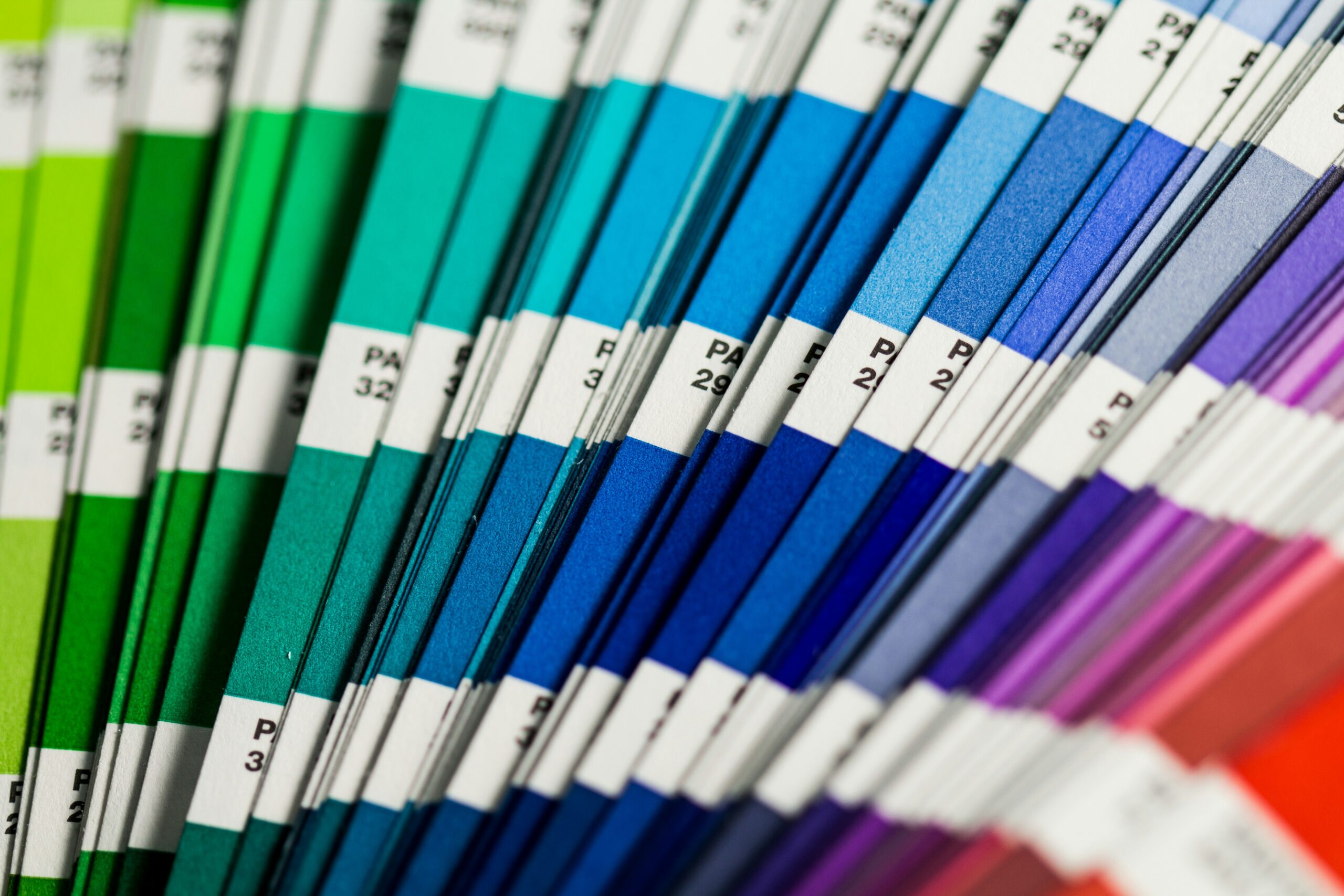© 2024 Boca Holdings South Asia Pte Ltd. All Rights Reserved.
Website by Creative eWorld Pte Ltd.

Many customers have asked for guidelines to help with their ticket design. This is to ensure their artwork are usable and prevent any delay in ticket production.
Assuming clear, usable artwork is provided to BOCA and customer approves proof immediately upon receipt, tickets can be ready in 20 business days.
Please send artwork in one of the formats shown in this graphic. (recreate the graphics or use different icons to replace the below)

Most thermal paper grades are constructed with a coarse non-thermal side to maximize traction and minimize costs. The coarseness of these papers provides acceptable results when printing text and low resolution images. However, we recommend the use of M7 (or other materials with coated rears) when printing process or other images that require bold, crisp images.
There are a number of special conditions where the use of a plate is not visible:



